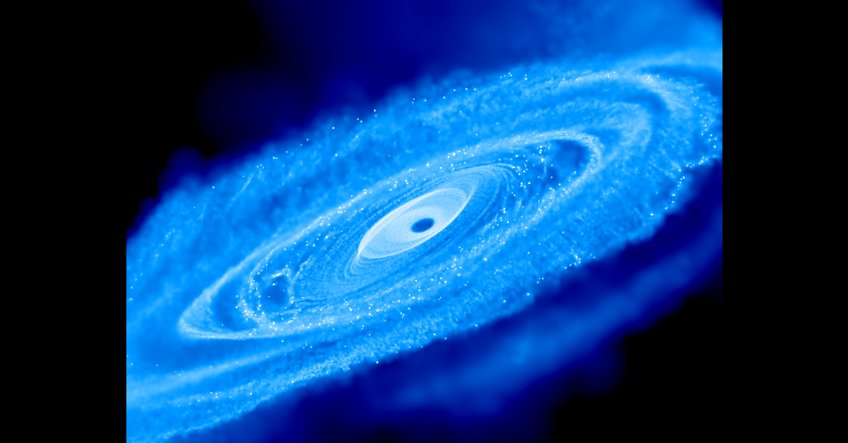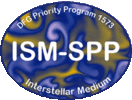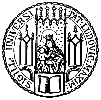
Recent Results

Simulations of the cloud G2 on its orbit around the Milky Way central black hole SgrA*. This project has its own dedicated webpage which can be found here
Archive of Previous Results
Evolving nuclear star clusters/AGN connection
With the help of 3D hydrodynamical simulations with the PLUTO code, we study the effects of turbulent mass input from evolving nuclear star clusters. The movie shows a cut through the density distribution (given in g/cm^3 in logarithmic scaling) within a meridional plane for the case of the nearby Seyfert 2 galaxy NGC 1068. We get a two-component structure: a clumpy or filamentary inflow of gas in the tens of parsec regime and a dense and thin disk on parsec scale (not shown here), resulting from the inflowing gas, which has dissipated a large fraction of its initial turbulent velocity. In order to capture the relevant physics in the innermost part, we use the mass flowing into the central region and feed it into 1D effective disk simulations, where we take viscous evolution and star formation into account. We find that the disk properties like size, mass and accretion towards the centre are in good agreement with observations. This shows that stellar evolution in nuclear star clusters is an important mechanism for obscuring and feeding black holes and triggering activity cycles.
Disruption and fragmentation of a molecular cloud in the vicinity
of a black hole

The aim of this work is to study star formation in the galactic center. One or several molecular clouds are put into the potential of a supermassive black hole. These clouds will be tidaly disrupted, evolve into a disk if captured and eventually start to fragment if the disk is gravitationally unstable. This can for example be compared to observations of the existence of a stellar disk in our own galactic center. Another goal will be to study the effect of the infall of molecular clouds onto a disk like observed in the galactic center of NGC1068 and see if it is possible to reproduce the observed warped structure and investigate how long this structure will be stable.
 Physics of the Interstellar Medium SPP |  Physics of Galactic Nuclei Group |  University Observatory Munich |  Excellence Cluster Munich |

